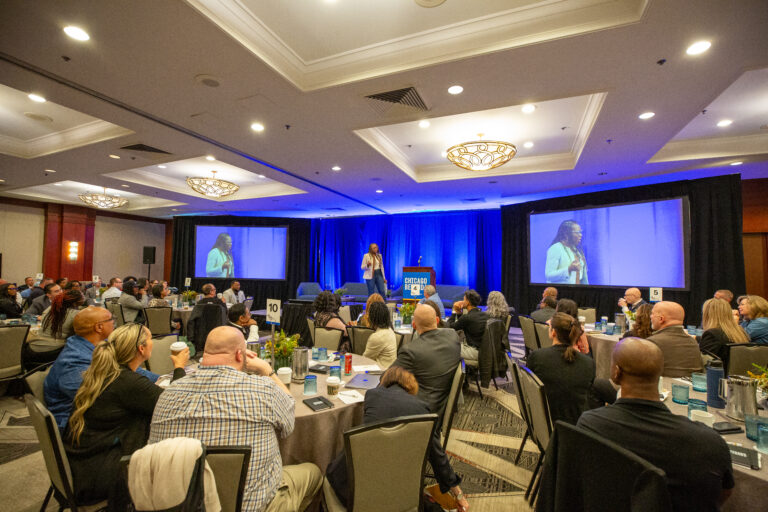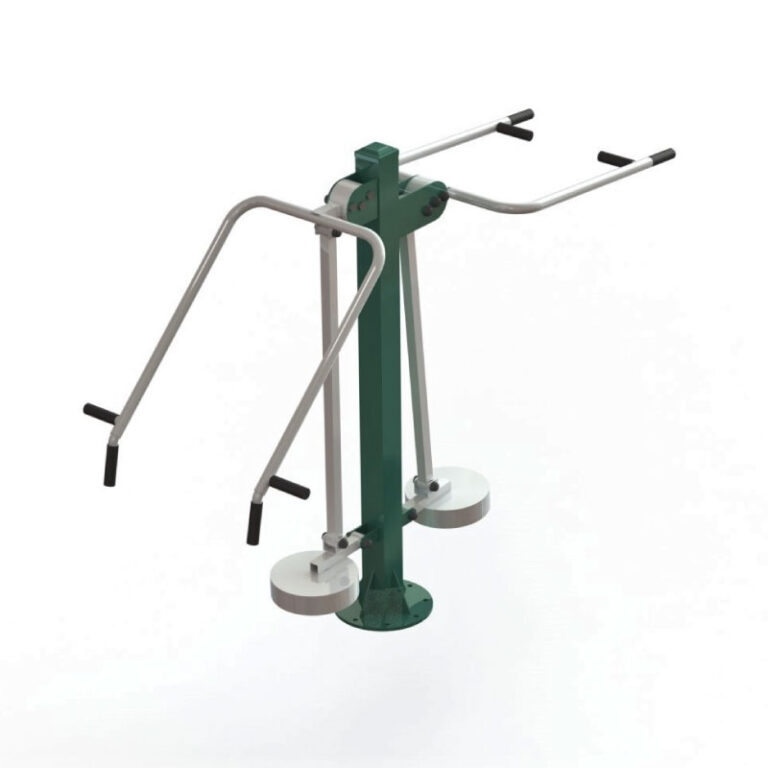Security Technology for Modern Correction Venues

By CN Staff
Modern correctional facilities face a number of security challenges. From an inundation of contraband and the growing risk of cyber threats, to understaffing and the continual impacts of the COVID-19 pandemic, these challenges have brought on the need to embrace new security technologies.
CN touched base with Chief Technology Officer for Gallagher, Steve Bell, to discuss how today’s security technology can play a pivotal role in supporting correctional facilities to streamline operations, deter escapees, and keep staff, inmates, and visitors safe.
Biometric Technology
The high population density and close quarters inherent with correctional facilities, has presented difficulties for preventing the spread of COVID-19. A recent study by The Marshall Project showed that from the start of the COVID-19 pandemic through to June 2021, at least 398,627 US prisoners and 114,237 prison staff members tested positive for the illness.
“Utilizing touchless biometric technology like the IDEMIA MorphoWave for access control, reduces physical contact between staff and visitors and helps support physical distancing,” said Gallagher’s Bell.
Integrations such as the Invixium IXM TITAN provides facilities with a contactless facial recognition access solution that also provides mask detection and temperature screening. Furthermore, he adds, Gallagher’s Proximity and Contact Tracing report allows facilities to quickly identify where a staff member or visitor has been on site through fast and effective contact tracing. Its smart functionality helps sites to act rapidly and inform affected people of the risk of infection, allowing them to take action, seek testing, and minimize spread of the virus.
Remaining Cyber-Secure
With security technology continuing to evolve, one important factor will remain – cyber security protection.
“Cyber-attacks are some of the most active security assaults that organizations are experiencing globally, and correctional facilities are not immune to this. When selecting a security technology, an end-to-end approach that protects each component, from the fence line to the alarm system, is crucial,” Bell informed CN. “Choosing a cyber-responsible security vendor that is backed by government standards, is your best coat of armour.”
Intelligent Perimeter Protection
For prison sites, it is crucial that perimeter security is as sensitive to tampering on the fence line as possible to deter and detect perimeter breaches. For this reason, tension sensor fence line technology is fast becoming the preferred solution.
“Due to its intelligent fence wire disturbance detection, tensioned fence wire overcomes the shortcomings often found in conventional taut wire technologies,” Bell commented.
Perimeter solutions, he adds—such as Gallagher’s Z10 Tension Sensor—continuously measure and report wire tension and integrity in real time and identifies when maintenance is required or when the fence has been damaged. It also minimizes the frequency of false alarms by differentiating between environmental changes and intruder attacks.
Centralized Site Visibility & Situational Awareness
As the nerve center for most modern correctional facilities, an intelligent control room is essential for simplifying workflow and minimizing fatigue. A centralized site security management tool can streamline day-to-day security operations, while also saving time and staff resources.
“A centralized interface, such as Gallagher’s Site Plan Viewer, provides full screen, site management visibility and situational awareness for all buildings and perimeter,” Bell told CN. “An operator simply clicks on a site item to reveal the associated information and can perform the action required without leaving the screen. This ensures a fast, appropriate response to identified breaches.”
He added that integrating your site security interface with a Spot Monitor screen, provides prison officers with a quick way to view the highest priority alarm at a glance, and is particularly useful for high-risk areas which may have multiple alarms going off at any given time.
With so much going on within the control room, the handover process between guards and different sub control rooms can present its own challenges. Using an integrated security software like Gallagher’s Command Centre, correctional facilities can configure a process to consolidate monitoring back into one control room during overnight lockdown, and then distribute to multiple sub control rooms during the day. It also ensures the diversion of intercoms and video monitoring to the correct control room.
“Not only does this create operational efficiencies, but also provides facilities with an audit trail that shows that operators accepted responsibility for the various areas they were monitoring and that procedures are being maintained,” Bell explained.
Editor’s Note: This feature story originally appeared in the September/October issue of Correctional News.






